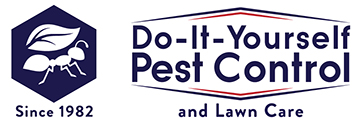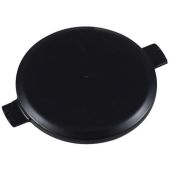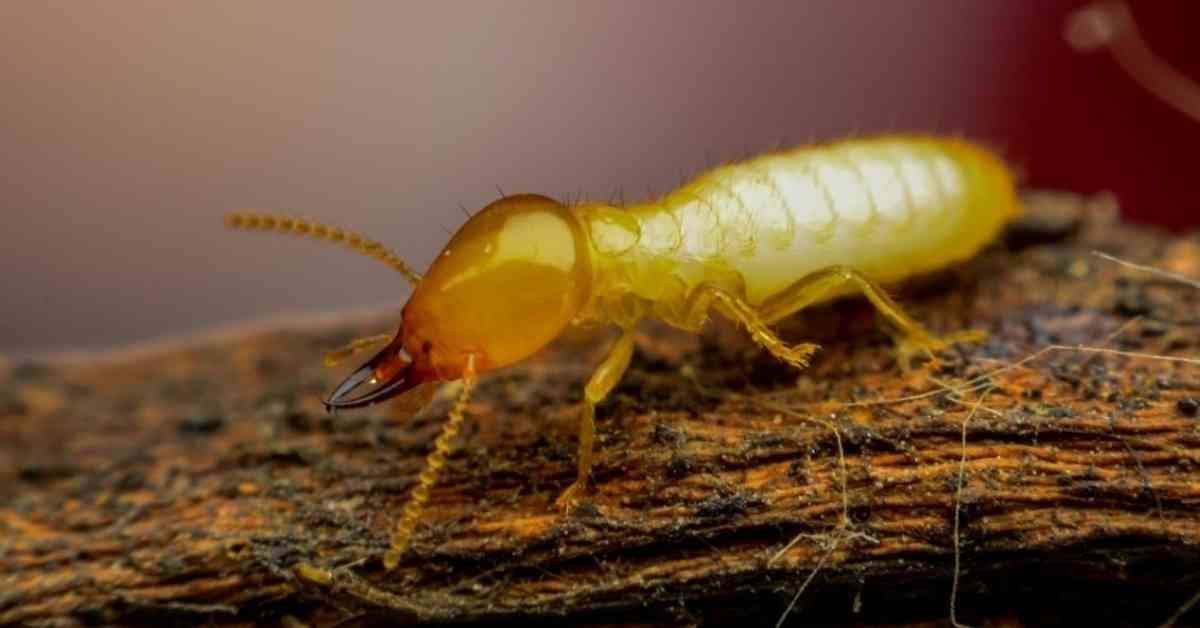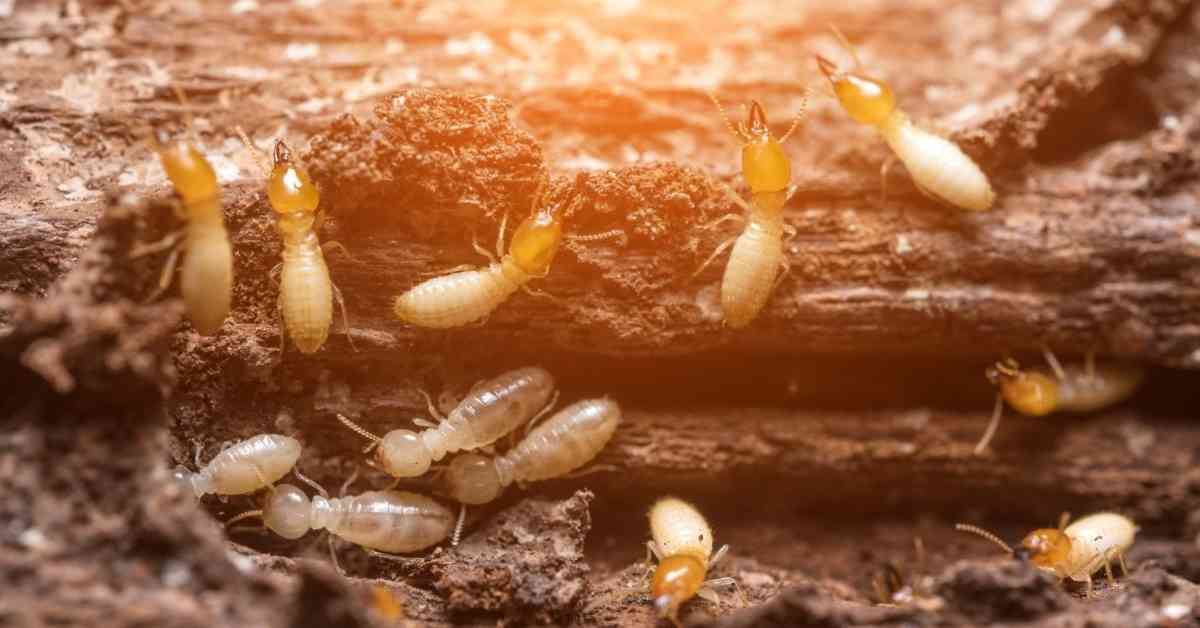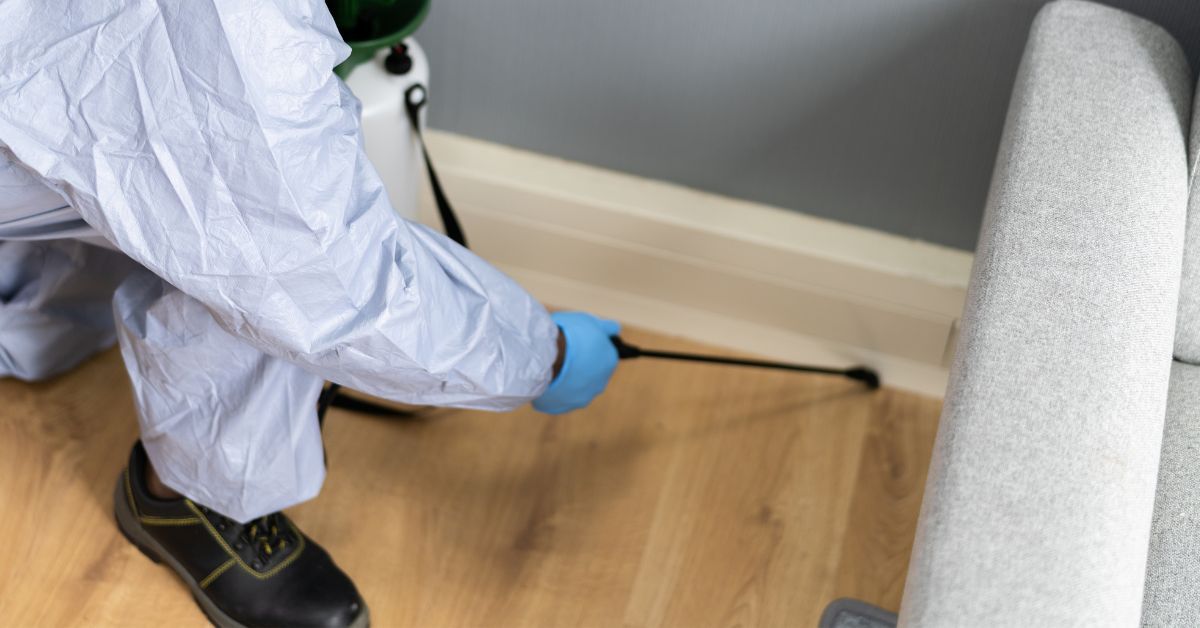 The 5 Best Termite Killers
Termites are among the most destructive pests, causing billions of dollars in damage to properties worldwide every year.
The 5 Best Termite Killers
Termites are among the most destructive pests, causing billions of dollars in damage to properties worldwide every year.
Termite Bait Systems

Elevate your home's defense against termites with DIY Pest Control's premier selection of termite bait stations. Our expert-curated range offers the most effective, user-friendly solutions to protect your property year-round. Don't wait for damage to occur—take action today and ensure your peace of mind against termite threats.
The top termite bait system now available is the Trelona ATBS (Advance Termite Bait System)
Having trouble finding the right product or need additional information? Please call us at 1-800-476-3368
Get Barrier Protection with Termite Bait Stations
Termite bait stations provide barrier protection for houses, barns, fences, and other wooden structures under attack from termites. At DIY Pest Control, we offer two types of bait stations for effective termite control.
Our HexPro termite stations use ShatterTM termite bait, and our Advance monitoring systems use Trelona Compressed Termite Bait discs. Both are easy to install, monitor, and refill. Swapping out monitoring materials for bait takes just a few minutes, making it a hassle-free process that ensures your termite control system remains effective and easy to maintain over time.
Types of Termites
Understanding the different types of termites can help you identify and address potential infestations more effectively. Below are some of the main types of termites.
- Subterranean Termites: These termites are among the most destructive, feeding on wood, paper, and other cellulose materials. They build large colonies underground, which can range from thousands to millions of individuals, often spreading over a half-acre or more. Subterranean termites are known to infest homes by tunneling up from the soil.
- Formosan Termites: A particularly aggressive species of subterranean termites, Formosan termites build large colonies and are capable of causing extensive damage in a short period. They are often referred to as "super termites."
- Drywood Termites: Unlike subterranean termites, drywood termites do not require contact with soil. They infest dry wood, including structural beams, furniture, and other wooden items, and are often found in warmer climates.
- Dampwood Termites: These termites prefer wood with high moisture content and are commonly found in decaying wood or areas with high humidity. They are less likely to infest dry wood or man-made structures unless there is water damage.
- Conehead Termites: Previously known as tree termites, these termites are found in tropical areas and can infest trees, fences, and wooden structures. They do not rely on soil and are highly invasive.
Proper Bait Station Placement
Traps are most effective when properly placed as a perimeter around the structures you want to protect, with individual stations placed within 10 to 15 feet of each other.
As you monitor activity levels, you may need to adjust spacing or add a few extra bait stations. At DIY Pest Control, we sell individual stations to help make this process simple and affordable.
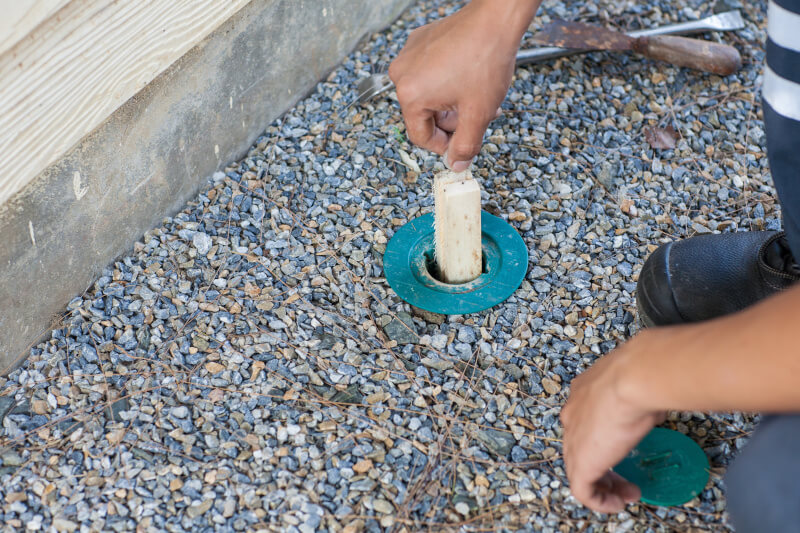
Advantages of Using Termite Bait Traps
Termite bait stations are a safe alternative to spraying. They offer several advantages that homeowners find attractive, including:
- Affordable DIY installation
- Fewer surface chemicals around your home
- No foundation drilling for chemical insertion
- Protects surface water supplies
- Safe for pets and children
Our low-profile designs keep your home termite-free without creating a tripping hazard. They make it easy to deter termites while avoiding lawnmower blades and trimmer lines.
Frequently Asked Questions About Termite Bait Station
Termite bait stations do differ slightly from other methods, so people often have questions about them. Here, we answer some of the most common questions to help you find the right termite control and treatment system for your home. Contact us for more information.
Do termite bait stations really work?
Yes, bait stations are an effective solution to managing termite colonies. The cellulose baits attract termites, and a delayed kill helps spread the poison to termites that do not directly feed on the bait cartridges.
How often do I have to check traps?
You should plan to check your bait stations every 120 days while the monitoring discs are inside and every 60 days when they contain active bait. However, when the soil is very cold or frozen, you may be able to get by with less frequent inspections.
Do bait stations replace spraying?
Termite traps can often replace spraying for preventative applications. Bait stations are excellent for keeping termites out of your home, but if you have an active infestation, you may need to supplement with spray.
Protect Your Home with Advance Termite Bait Stations from DIY Pest Control
Don’t let termites destroy your home. Take charge of the situation and go straight to their nesting area with our Hex-Pro Termite System or Advance termite bait stations. Contact our knowledgeable staff at DIY Pest Control today to find the right system for your property—because peace of mind starts here!
Contact UsRelated Articles
Typical Graph of Termite Bait Stations



